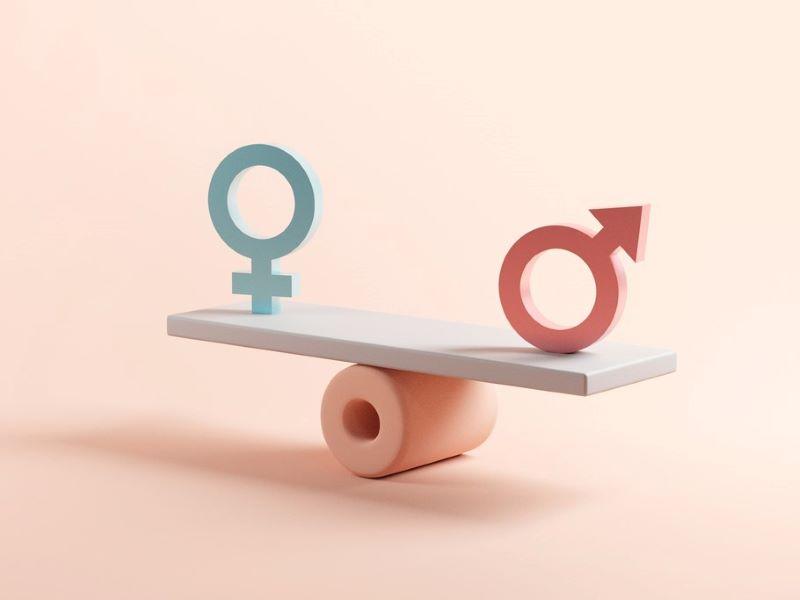
Urgent steps to prevent the pandemic stalling women’s academic careers

Supporting female academics has always been important, but with the pandemic putting pressure on families and workplaces alike, it has become absolutely critical. Many steps are necessary to prevent advances in gender equity work stalling; here are a few that we at the Clayman Institute are focusing on.
If we do not act swiftly, we could lose a generation of female scholars and their publications, with reverberations affecting disciplinary canons for decades to come. Researchers have sounded the alarm about rising gender inequality in paper submissions, new research projects and preprints. The so-called “pandemic penalty” is generally thought to spring from the well-documented unequal distribution in domestic work, childcare and university service work, which has been supercharged by the pandemic. While this research is predominately focused on gender, there is evidence of similar challenges relating to race, sexuality, gender identity, and ability.
- Institutionalising gender equality work within a university
- What parents need to succeed in academia and how universities can help
- Hidden in plain sight: spotlighting invisible Black female academics
As researchers, we are usually keen on gathering data, but here we hit a methodological conundrum. With the time it takes to apply for grants, complete projects, publish academic work, get hired and promoted, and get new research programmes off the ground, we are unlikely to have hard data about the gendered implications of the pandemic until it is too late.
By the time we fully understand the magnitude of the problem, we may well already be faced with a less diverse professoriate because of inequalities in the awarding of tenure and promotion. Institutions need to mitigate this risk by interrogating their internal workings and, above all, their understanding of what constitutes “merit” with regards to research.
Continuing with pre-pandemic promotion and tenure practices will disproportionately impact early career scholars, who are likely to be the group most disadvantaged by the pandemic. They are more likely to have young children and thus be dramatically impacted by pandemic parenting needs. They are the members of the academic community most dependent on commonly agreed upon markers of merit and worth. Their publication records during Covid will be reviewed for tenure, their new research projects – or the absence thereof – may shape their careers, and by extension the fields of inquiry they did or did not advance into.
Taking all this into account, institutions need to look at formal and informal ways they can support female academics. Here are some examples:
Re-evaluate evaluation
Unintended biases shape hiring decisions and evaluation even during the best of times. It is not difficult to see that these inequalities will be exacerbated when evaluating the records of candidates affected by the pandemic. Departments and schools need to take a long look at the supposedly neutral forms of arbitration they use to determine who gets accepted into a graduate or fellowship programme, who gets hired, who gets promoted, and who gets promoted to the point that they get to hire in turn.
Research shows how gender bias shapes evaluation and the importance of clear criteria in evaluation. When evaluating the publication records of academics during the pandemic, consider whether it may be necessary to establish new criteria and standards for success. One option is to “recalibrate” evaluations entirely to formally recognise often overlooked university service work, which is disproportionately done by women. Other steps include educating departments and search committees about Covid-19 and inequality and providing them with resources to ensure equity. Alternatively, institutions’ letter writers should be reminded when a candidate’s record spans the pandemic so that this can be taken into consideration in their evaluation.
Institutional resources and messaging
There is a clear need across academia for more support for working parents. While this is not a new need, sheltering in place, school closures and interruptions, and the lack of vaccines for the under-fives has made life much harder for some than for others. Anything that a university can do to supplement childcare or support parents is critical.
Helpful actions include offering or increasing childcare stipends, clear leadership messaging about work scheduling and expectations, and a clear agreement that specifies how much staff need to be online, on Zoom or on Slack.
Remote vs in-person working
Technology arguably saved higher education during the chaos of the pandemic. But we have probably not reckoned with the way seemingly egalitarian technologies can help reinforce and even heighten pre-existing inequalities. There is a risk that, during hybrid work or the transition back to in-person interaction, those who come to the office, lab or campus are seen as more committed than those who continue to work from home.
Here too, clear communication about expectations and the consistent application of those expectations in evaluations, hiring and promotion are crucial. But it is likely that we have to go beyond clear communication to critical reflection on those expectations, and the assumptions about availability, ability and socio-economics they promote. Technology makes possible more flexible working arrangements and that, for many staff, is a benefit that should not be discarded now that campuses have reopened.
Adrian Daub is Barbara D. Finberg director and Alison Dahl Crossley is executive director, both at the Clayman Institute for Gender Research at Stanford University.
If you found this interesting and want advice and insight from academics and university staff delivered directly to your inbox each week, sign up for the THE Campus newsletter.


